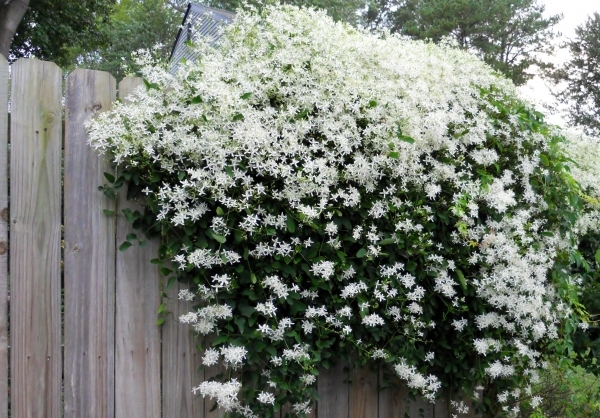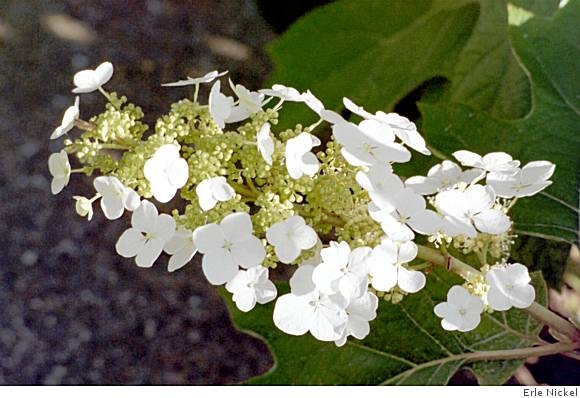My resident squirrels are busy burying acorns for the winter. On the go from first light in the morning until dusk they scurry up the oak trees to collect this prized food source and then deposit them in the ground and in the pots on my deck where they will surely forget where most of them are. Their antics are frustrating because I want to start planting bulbs sooner than Thanksgiving this year. I usually have to wait until later in the season when the squirrels have finished loading up their pantry to get them in the ground. Daffodils and narcissus are safe but what would spring be without all the other gorgeous bulbs to welcome in the season?
This year I’m going to try some different varieties of bulbs and to foil the squirrels I"m going to plant them really deep in areas that have excellent drainage. Squirrels rarely dig far under the surface so they aren’t likely to reach the bulbs. If you have less than stellar drainage, your bulbs will rot if you plant them deeply, so use chicken wire cages or gopher baskets when you plant them. Next year when they emerge from the soil, if the squirrels start eating the tops of the stems, spray the buds daily with hot pepper spray. All mammals except humans hate hot peppers. I’ve also heard that paprika and egg shells deter them.

Another bulb I’ve wanted to grow for a long time is Ixia viridiflora. They need to be completely dry in summer so planting in pots will be perfect for this most striking and unusual bulb. Few plants can beat it for sheer brilliance of flower. Each flower is a brilliant turquoise green with a purple-black eye in the middle. The dark eye is caused by the deep blue sap of the cells of the upper epidermis. The green color is due to the effects of light being refracted from the cell wall and granules embedded in the pale blue cell sap. Amazing flower.
I think tucking several huge allium bulbs among clumps of summer-flowering perennials will make quite a statement next year and the deer generally avoid them as they are in the garlic family. The flowers from in clusters and are best known in the round pom-pom form, but they can be star or cup-shaped or nodding pendant-shaped. They look great with foxglove, monarda and hardy geraniums. The flower heads can be left on the plant to dry as they look attractive in the garden and can be cut for arrangements.
A bulb native to our area that I’m also interested in trying is Tritileia or Triplet Lily. There are several species of this brodiaea bulb found here in grasslands and serpentine soils. They are undemanding plants and make good cut flowers, lasting for 7-10 days in water.
Other interesting bulbs that I want to try include hyacinthoides, hermodactylus tuberosa and bellevalia. All of them are beautiful. Don’t let October and November go by without planting a few bulbs to enjoy next spring.

 Sweet Autumn Clematis ( clematis terniflora ) and your worries are over. They are a gorgeous sight now covered in pure white, lightly fragrant flowers. Later in the fall the vine will become a silvery mass of fluffy seed heads. This small-flowered species looks impressive covering an upscale arbor or even embellishing a plain fence of garden shed. It blooms on new growth so you can easily keep it in check by cutting stems back to 12" in the spring. It will bloom well in partial shade, too.
Sweet Autumn Clematis ( clematis terniflora ) and your worries are over. They are a gorgeous sight now covered in pure white, lightly fragrant flowers. Later in the fall the vine will become a silvery mass of fluffy seed heads. This small-flowered species looks impressive covering an upscale arbor or even embellishing a plain fence of garden shed. It blooms on new growth so you can easily keep it in check by cutting stems back to 12" in the spring. It will bloom well in partial shade, too.  eir huge, whitish-pink conical flowers turn a papery soft tan color. In later autumn, the leaves will take on striking shades of crimson and bronze-purple, and through winter the dry flowers persist above the branches lined with exfoliating copper-brown, cinnamon and tan bark. Oakleaf hydrangeas are fast growing and accept full sun or partial shade in rich evenly moist soil. They’re real lookers in the garden.
eir huge, whitish-pink conical flowers turn a papery soft tan color. In later autumn, the leaves will take on striking shades of crimson and bronze-purple, and through winter the dry flowers persist above the branches lined with exfoliating copper-brown, cinnamon and tan bark. Oakleaf hydrangeas are fast growing and accept full sun or partial shade in rich evenly moist soil. They’re real lookers in the garden.